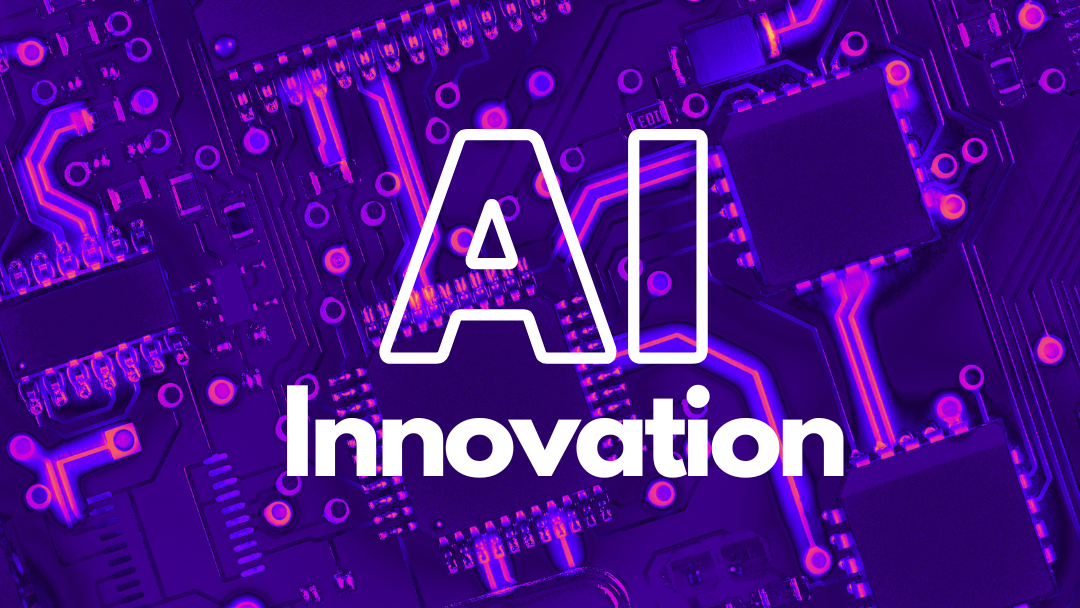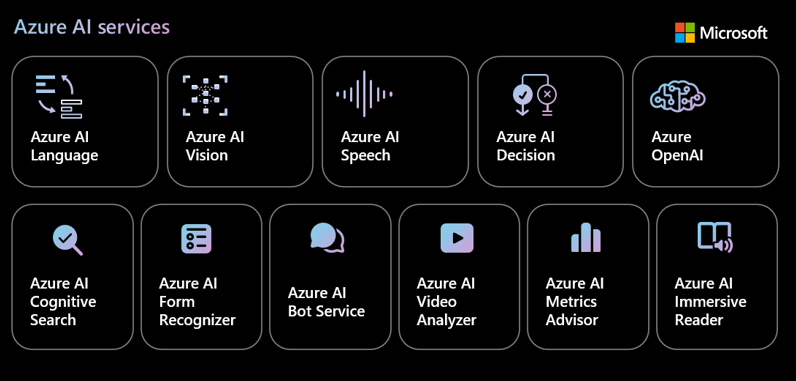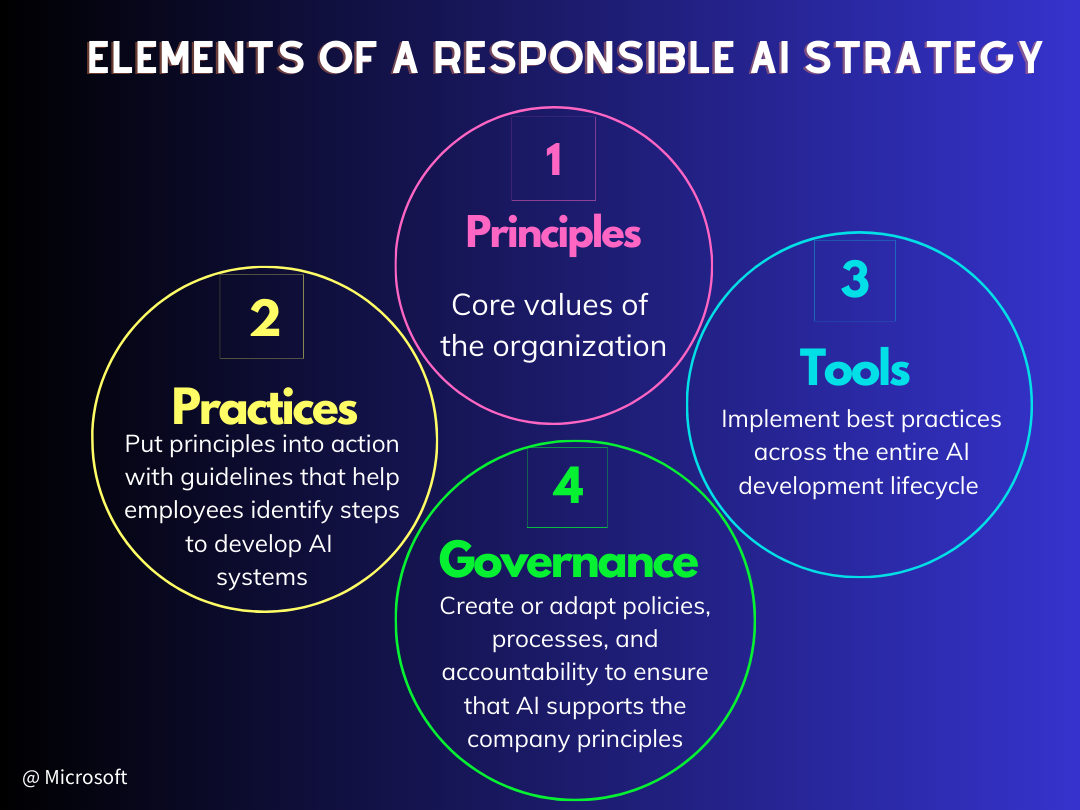Common Innovation Mistakes: A Guide for SMEs on How to Avoid Them
January 12, 2023

Discover how SMEs can sidestep the common innovation mistakes that hamper growth. Learn the importance of continuous innovation, customer focus, adaptive leadership, and strategic tech use. Join us in exploring actionable strategies to navigate the innovation maze effectively.
Introduction:
Did you know that 70% of small and medium-sized enterprises (SMEs) struggle to sustain growth due to innovation-related challenges? In the dynamic landscape of SMEs, innovation is not just a buzzword but a vital strategy for survival and growth. However, in a rush to stay ahead of the curve, CEOs and owners often fall into common pitfalls that can restrain their company’s innovative potential. The good news? These obstacles are navigable with the right mindset and strategies.
Navigating the Innovation Maze
Innovate Relentlessly
It is the first commandment in the playbook of successful SMEs. The innovation journey is loaded with challenges, but the most common mistake is complacency. Many businesses fall into the trap of believing that a single innovative product or service will sustain them in the long run. The reality, however, is that Innovation is a marathon, not a sprint. To avoid this pitfall, SMEs should continuously explore new ideas, technologies, and methodologies. Establishing a routine for brainstorming sessions, encouraging creative thinking among employees, and staying abreast of industry trends are actionable steps toward embedding relentless innovation into your company’s DNA.
Amazon exemplifies relentless innovation with its “Day 1” philosophy, fostering a culture where exploration and experimentation are paramount. The “two-pizza rule” empowers small teams to innovate swiftly, proving that size does not inhibit agility and creativity.
Customer First
Another common misstep is losing sight of who matters most—the customer. In the enthusiasm to innovate, it’s crucial not to deviate from the core principle of prioritizing customer satisfaction. Remember, the end goal of innovation is to serve your customers better, not to dazzle them with complexity or novelty for its own sake. Cultivating a deep understanding of your customer’s needs, preferences, and feedback loops into your innovation strategy ensures that your efforts drive loyalty and long-term engagement.
Effective strategies include developing deep insights into customer needs and establishing feedback loops through surveys and social media engagement.
FARM Rio’s global expansion showcases the importance of adapting to local cultures while maintaining brand identity, underscoring the balance between authenticity and market demands. Their commitment to sustainability further highlights how innovation can align with global values and trends.
Adaptive Leadership
It is essential for navigating the unpredictable waters of business. A rigid leadership style that resists change is a significant barrier to innovation. Leaders must embody a vision that inspires their team while being flexible enough to pivot strategies when necessary. Leadership that embraces flexibility and learns from failure is critical to fostering an innovative environment; this includes cultivating a vision that inspires and adapts and encouraging calculated risk-taking.
Cultural Excellence
Culture cannot be overlooked. A culture that promotes high standards and nurtures innovation is the bedrock of a thriving SME; this involves creating a supportive atmosphere where employees feel valued and empowered to contribute ideas. Recognizing and rewarding innovative efforts fosters a culture of excellence and creativity. Moreover, investing in training and development ensures your team has the skills to drive your innovation agenda forward.
Sharing stories of overcoming setbacks can inspire perseverance and underscore the value of maintaining morale through challenges.
Tech as a Lever
In today’s digital age, technology is a critical enabler of innovation. However, merely adopting the latest technologies isn’t enough. The critical mistake to avoid here is technology, for technology’s sake. SMEs should use technology strategically, focusing on solutions that offer a competitive advantage, streamlining operations, and fostering growth. This requires a clear understanding of your business goals and how technology can help achieve them rather than chasing after every new tech trend.
Questions like, “Does this technology address a real need within our operations?” and “What is the expected return on investment (ROI)?” can help ensure that technology investments are aligned with business objectives.
Conclusion: Transforming Through Innovation
Innovation within SMEs is a holistic endeavor requiring more than good ideas. It demands a strategic approach to avoid common mistakes such as complacency, customer detachment, rigid leadership, cultural mediocrity, and misguided technology adoption. By innovating relentlessly, putting the customer first, embodying adaptive leadership, fostering cultural excellence, and using tech as a lever, SMEs can navigate the innovation maze more effectively.




